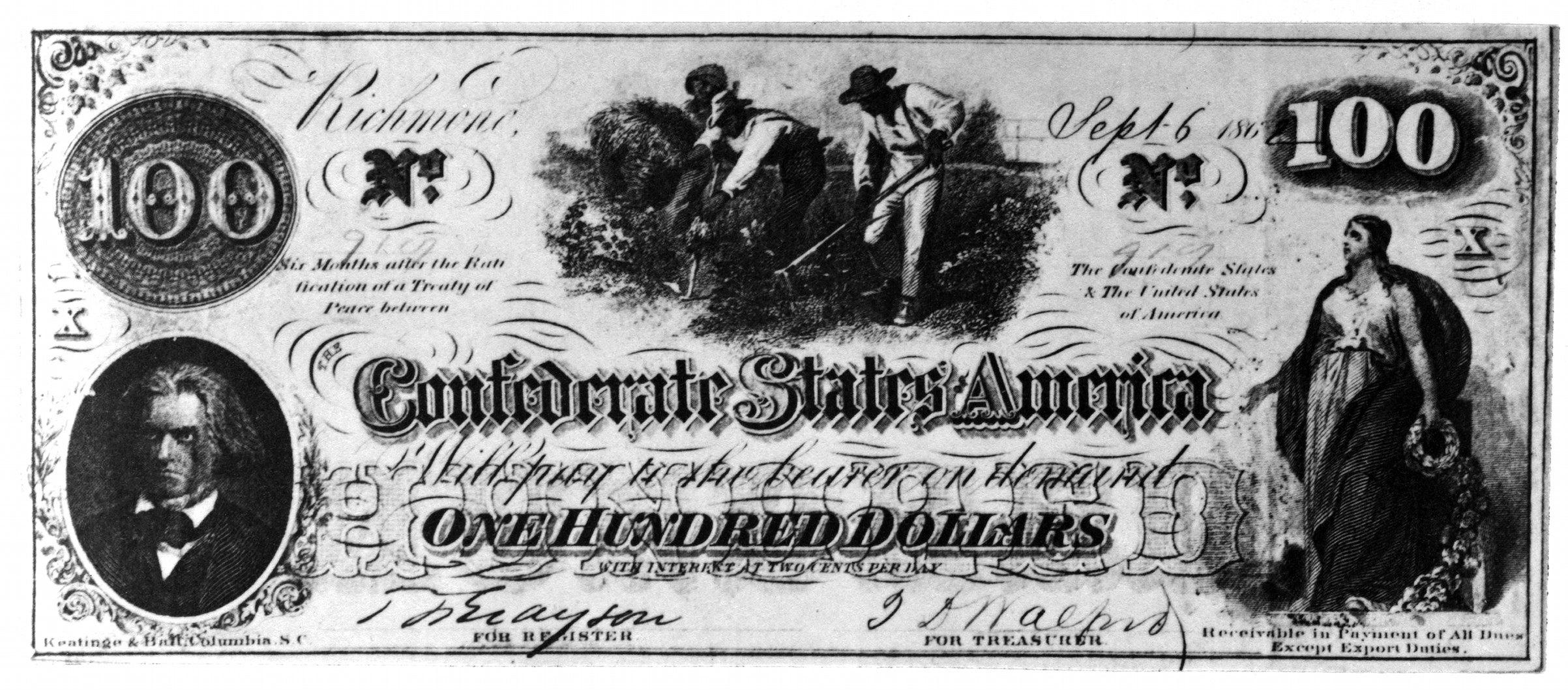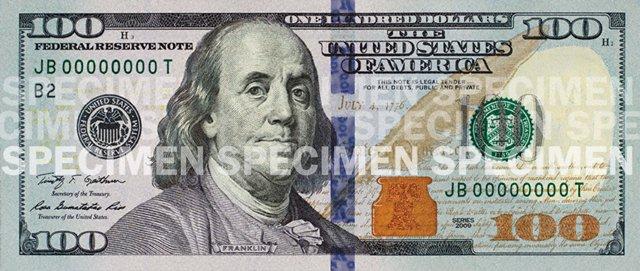6th July 1785 ON THIS DAY
On this day in 1785 US Congress unanimously resolves the name of US currency to the “dollar” and adopts decimal coinage. The evolution of the US currency is an interesting tale within American history. From early settlement to the birth of a nation to a Civil war that ravaged the lands. Money has consistently adapted to the changing times in the United States of America.
 Series 1886 Martha Washington One Dollar Certificate – Martha Washington is the first and only woman to grace the primary portrait of U.S. paper currency.)
Series 1886 Martha Washington One Dollar Certificate – Martha Washington is the first and only woman to grace the primary portrait of U.S. paper currency.)
Courtesy: United States Secret Service

Picture this, in the bustling colonies of the 17th and 18th centuries. English, Spanish, and French coins jingled in the pockets of American colonists, a reminder of their ties to distant lands. Yet, as the winds of revolution began to stir in 1775, the Continental Congress seized the opportunity to forge a new path. With the spectre of the Revolutionary War looming, they authorised the issuance of their own currency, known as “Continental Currency.”
Skilled silversmith Paul Revere meticulously crafted the first plates, and these notes held the promise of redemption in Spanish Milled Dollars. However, their value quickly eroded, leading to the birth of the phrase “not worth a Continental.”

In 1785, the United States embraced the dollar sign, derived from the Spanish American symbol for pesos. Over the years, a variety of banknotes were issued, each serving specific purposes such as tax payment, investment interest, or the exchange for goods, from colonial times to the present.
Following the ratification of the U.S. Constitution, a newfound sense of unity and purpose permeated the young nation. Congress, eager to establish a solid foundation for commerce, passed the “Mint Act” of 1792. In an unprecedented move, the United States embraced the decimal system for its currency, becoming the first country in the world to do so. As spring blossomed in 1793, the Philadelphia Mint produced the inaugural U.S. coins, proudly presented to Martha Washington herself.
Although paper money did not grace the hands of Americans until 1861, the government did issue “Treasury notes” intermittently during times of financial turbulence. These notes played a vital role in times of crisis, such as the War of 1812, the Mexican War of 1846, and the Panic of 1857. However, during the same period, the United States witnessed a multitude of private banks, nearly 1,600 in number, issuing their own paper currency under state charters. These “state bank notes” brought forth a tapestry of diversity, with approximately 7,000 distinct designs adorning the faces of money.
But then, the thunderous cannons of the Civil War shattered the tranquility of the nation. Desperate for funds to finance the conflict, the government passed the Act of July 17, 1861, empowering the Treasury Department to print and circulate paper money. The initial issuance, known as “demand notes” or “greenbacks,” sought to fill the coffers of the struggling Union. In 1862, Congress replaced the demand notes with United States notes, commonly referred to as legal tender notes, cementing their status as official currency. In subsequent years, silver certificates emerged, exchanged for the convenience of bulky silver coins, ensuring the smooth flow of commerce. The final series of silver certificates came to light in 1923, marking the end of an era.

In the span from 1863 to 1929, amidst the ebb and flow of societal progress, the government allowed thousands of banks to issue their own notes under the National Banks Acts. These “national bank notes” bore the imprimatur of the U.S. government, their paper authorised and standardised. While their design held a certain familiarity, each note carried a unique tale, interwoven with the history and character of its originating bank. The year 1913 heralded a significant turning point in the currency’s evolution with the passage of the Federal Reserve Act. This landmark legislation gave birth to the Federal Reserve System, a cornerstone of modern American finance. Authorised to issue currency, the Federal Reserve Banks embarked on their mission in 1914, introducing the enduring Federal Reserve notes—currency still manufactured today by the Bureau Of Engraving and Printing.
In 1914, a $5 note showcased Abraham Lincoln on the front and the landing of the Pilgrims at Plymouth Rock on the back. While designs remained mostly unchanged, notable exceptions occurred. Denominations were phased out, “In God We Trust” was added in the 1950s, and improved anti-counterfeiting measures led to redesigns in 1996 and 2003, incorporating vibrant colors and advanced technology. Similar to two hundred years prior, the design of the dollar was primarily driven by the need to thwart counterfeiting rather than purely aesthetic considerations.
Every 7 to 10 years, the Secretary of the Treasury and the Bureau of Engraving and Printing (BEP) undertake the redesign of U.S. currency, prioritising aesthetics, counterfeiting deterrence, and enhanced security. Aesthetic features include artistry, symbols, monuments, and concepts that are intended to reinforce a theme. The U.S. Treasury holds the authority to choose the designs, including portraits, featured on U.S. currency, with final approval over their appearance. While security concerns drive currency redesign, the Treasury collaborates with the BEP and the U.S. Secret Service to incorporate a thematic element that reflects the nation’s core values during a specific era. Since 2003, the theme of “Freedom” has been embraced, with diverse designs showcasing symbols such as the U.S. Seal, Lady Liberty’s torch, the eagle, the American flag, and the quill and inkwell symbolising the Declaration of Independence, gracing the $5, $10, $20, $50, and $100 bills, respectively. The latest US currency note that has been redesigned is the $100 note, issued on October 8th, 2013, it incorporates enhanced security features such as a 3-D Security Ribbon and colour-shifting Bell. It also features a portrait watermark of Benjamin Franklin visible from both sides.

According to the Treasury, the upcoming generation of U.S. currency will embrace the theme of “democracy,” aiming to celebrate the nation’s democratic ideals and ongoing pursuit of a more perfect union. The Treasury plans to infuse the new note designs with increased artistic expression while still paying homage to previous designs.

Contributor





